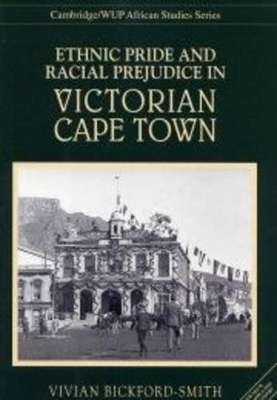African Studies
1 total work
Ethnic Pride and Racial Prejudice in Victorian Cape Town
by Vivian Bickford-Smith
Published 2 March 1995
In this urban and social history of Cape Town in the last quarter of the 19th century, the author interweaves political, economic and social analysis to show how members of the English merchant class in Cape Town were generally as racist as their Afrikaans farming counterparts. Their peculiarly English racist discourse, taking shape in a period of rapid urbanization brought about by the discovery of diamonds and gold in the interior, was a response to urban fears about disease, drains and social degeneracy among the poor. By drawing on the culture and festivals of the poor, as well as a range of documentary sources, Bickford-Smith represents the views of the lower (and darker-skinned) social orders, as well as the attitudes and policies of the ruling English and Afrikaans merchants and bankers. Photographs complement his description of the city and its inhabitants. The book's examination of the causes, contents and practical consequences of group identities in Cape Town serves as a case study for an exploration of the relationship between constructions of ethnicity and racism.
In addition, the study's comparative framework contextualizes Cape Town in relation to other colonial port towns and relevant Victorian cities, including London and Buenos Aires.
In addition, the study's comparative framework contextualizes Cape Town in relation to other colonial port towns and relevant Victorian cities, including London and Buenos Aires.
